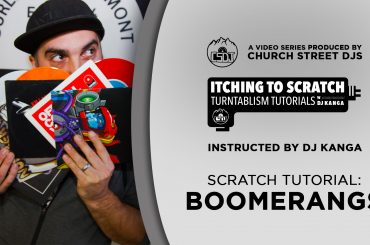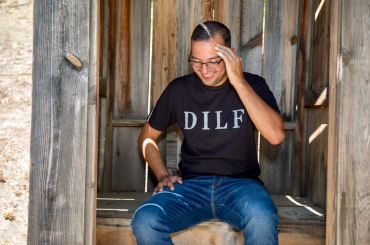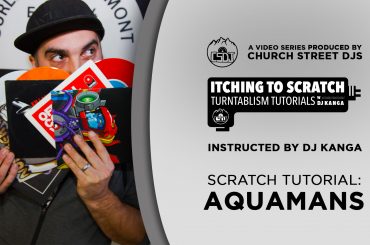Some may say the art turntablism is a dying breed with DJs focusing their attention on production; however, Jayceeoh never got that memo or believes that’s the case.
The renowned turntablist who won VH1’s Master Of The Mix TV Show & Competition back in 2013 continues to showcase his scratching still across the globe while being one of the most prominent talents in the bass music scene.
Making appearances at some of the biggest festivals and club across the globe, he is proof the are of art turntablism will never die.
Taking things one step further than is his “Practice Cuts” series, Jayceeoh has shared a couple of useful tips for all you scratch enthusiasts out there. Check them out below!
1. Less is more: (when scratching during a DJ set). I have seen time and time again the most talented DJs in the world lose a crowd because they are just doing way to much. Unless it is a DJ showcase or battle try and make your cuts enhance and be part of the music, not on top of it. If there is a vocal or a heavy drop there isn’t any room sonically for the scratches to live. Save your cuts for build ups and breakdowns where there is less going on so your cuts have room to shine.
2. The Cross fader is your friend: I see this a lot in EDM that the majority of DJs do not use the crossfader, they barely acknowledge its existence. The crossfader is the best ally you have for scratching and dropping tracks in effectively. You can set the fader curve to cut right in so when manipulating the sounds you can cut them off cleanly and make different patterns. Think of it as a live side chain. (Dont forget to assign your volume channels to A/B or else the cross fader won’t work. )
3. Equipment. I spent years as an avid turntablist where Technics 1200’s were the only thing I would touch. Within the last few years I have converted to using CDJs at nearly every show. The stability and sound quality just seems to be a bit better. Not to mention avoiding long changeover times with turntables that may or may not work in the first place. New technology like Phase has come out which seems to solve the problem of faulty connections but I am waiting for it to be a bit more stable before I try it out at gigs. I trained myself to be able to do nearly every scratch I can do on turntables on CDJs aside from beat juggling. There is rarely a show I play at these days where I am trying to flex that anyway. You can learn to scratch on a variety of controllers as well. As long as you can physically touch and maneuver the sound with your hand you can scratch it.
4. Know your tracks. Depending on the track it may be way more effective to slam it in at the right part instead of mixing 8-16 bars of song that don’t really add anything to the mix. Some songs the drums or melody you are mixing in may add and build tension which incase you should be doing a long mix in. This is figured out on a mix by mix basis. Learn your tracks and plan your transitions out in your head before executing them. Your mix will come out way cleaner.
5. For DJs just learning how to scratch start small with some easy drills. practice doing a “baby” scratch over the tempo of the beat. Once you are able to keep the timing with scratching you can then play around with different patterns with your hands and the crossfader. Baby Scratch: essentially scratch the beginning of any sound back and forth with the tempo of the beat. Forget about the crossfader for now. Just keep the tempo with the baby scratch and the world will open you up to new techniques based off of that.
DJ Times Magazine is copyright © 2019 by DJ Publishing, Inc. www.djtimes.com


![[Exclusive] Jayceeoh’s 5 Steps For Turntable Success Jayceeoh](https://www.djtimes.com/wp-content/uploads/2019/10/jayceeoh-5-steps-for-turntable-success-dj-times-770x515.jpeg)





